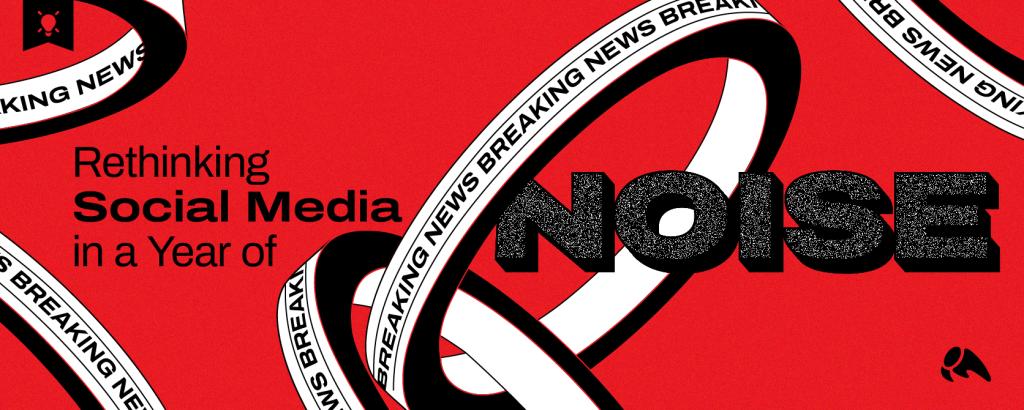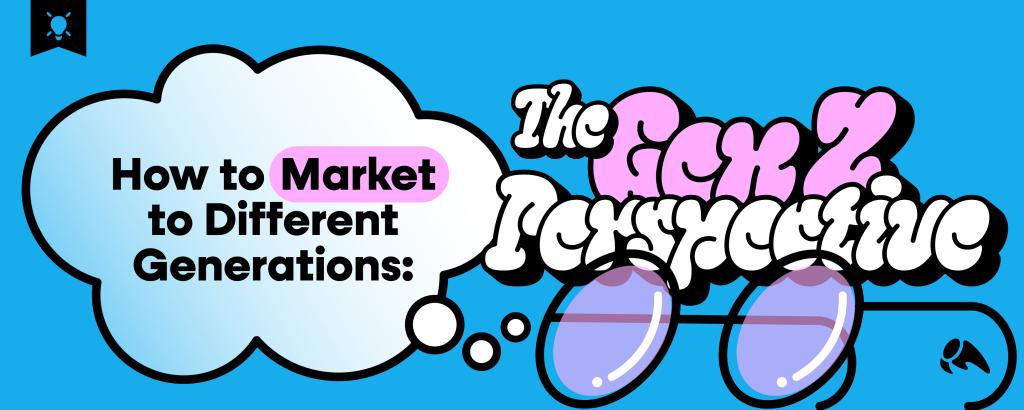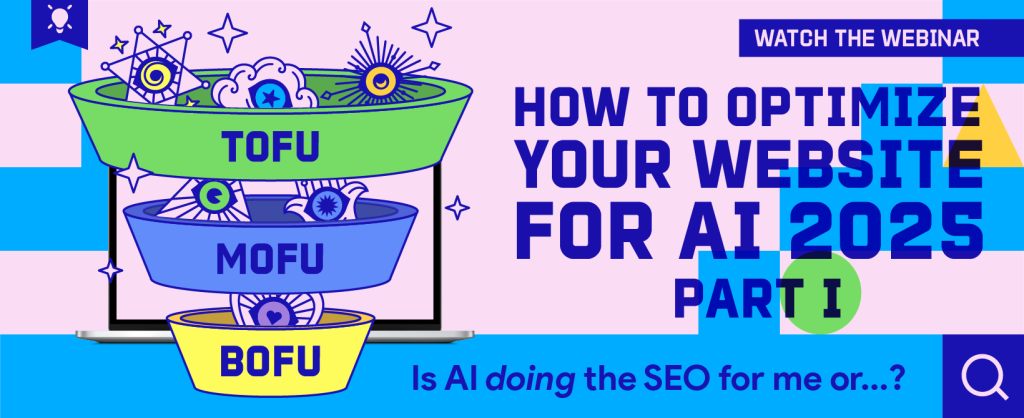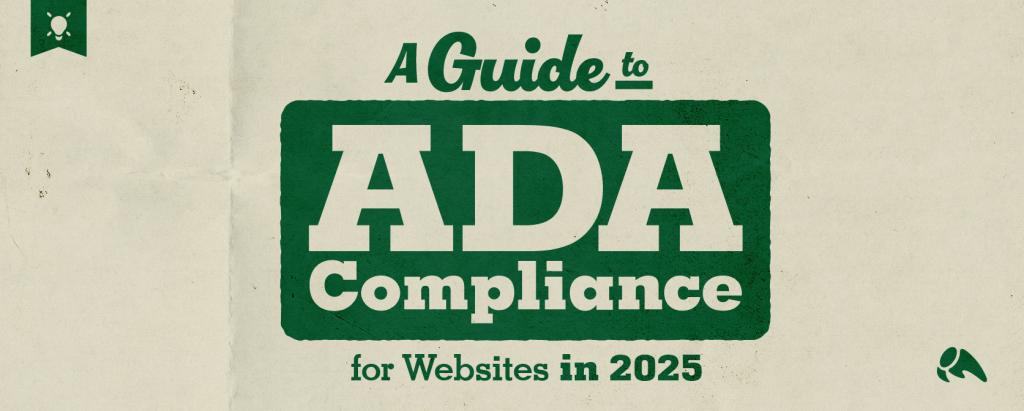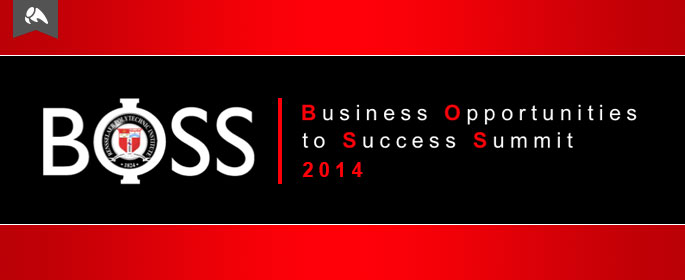
It’s time for Session #2 at BOSS 2014. This section is focused on creating a product, process or service that has a compelling value proposition.
Guha Bala, Senior Vice President, Activision Publishing, Co-Founder, Vicarious Visions – Developing Products That Stick
Each of our successes have taken the player on a new hero’s journey. It’s a common storytelling narrative.
Guitar Hero – everybody has the desire to unleash their inner rockstar. Entertainment has also become a solitary activity. So, how do we bring this all together? The narrative suggested we needed a simple plastic guitar that allowed us to connect with our inner rockstar, in a simple way – whether you’re a gamer or not. It allowed people to come together.
He looks at Nest. It’s a way for people to control their energy consumption at home. It has a noble purpose for its customers, allowing them a new method of a significant need.
Look for ways you can give your customers a chance to explore a new narrative.
Meghan K Olson ’14, RPI Student and University Innovation Fellow – University Innovation and Technological Entrepreneurship
“You are going to change the bloody future.” She talks about the need for people to surround themselves with those who will give them a whack on the side of their head, driving them forward. As a college student at RPI, she has been guided by her professors and her dad, the first to tell her, “Nothing ventured, nothing gained.” She’s aching to see a shift in the mindset of peers comfortable with doing “well enough.” She has “swing thoughts” (tennis reference), the thoughts in her back pocket that keeps her going. Don’t focus on the “what ifs” – focus on one point at a time. She challenges both her school and students everywhere to strive to drive innovation and work toward a future.
Kevin Lyman ’14, RPI Student and President, Resumazing, The Inventor’s Guild – The Power of Teams
Kevin’s wearing a hoodie and calls out the bags under his eyes because he’s a college senior at RPI studying computer science. And apparently, a ton of other things, as he tells stories of work and events he’s participated in.
Takeaways:
- Be cocky and humble. When you’re trying to convince someone to work with you, be able to answer, “why are you valuable to me?” And “why am I valuable to you?”
- Smart people want smart friends. People who want to be successful know they can be more successful when they surround themselves with the right people.
- Embrace maker culture. Be about building things, even when you’re not sure. Become a great innovator, people will look to you.
Greg Rosen ’14, RPI Student and Associate/VC Raptor Ventures – The Importance of Developing and Demonstrating Prototypes
Greg makes everyone laugh with the most entertaining slide yet.
When approaching a VC or speaking to partners, they want to know, “can you ship?” Do you have a proven track record of being able to ship a product? Prove that you can ship something.
Ask yourself: Do people actually want this POS?! – If you build something people need, they’re going to use it and provide you with valuable feedback. You can always iterate. Don’t over think it. Just make progress.
Capitalize on surprise. A lot of apps started with something completely different. Do you recall the early roots of Instagram and Netflix? Be flexible to change.
Erica Hines, Esq., Intellectual Property Attorney, Heslin Rothenburg Farley & Mesiti P.C. – Intellectual Property Tips for Entrepreneurs
Intellectual property fosters innovation. It’s an asset of utmost importance. That’s why Coca-Cola has spent vast resources. Google has a massive patent portfolio.
So what is it? Four protections you need to consider:
Patents protect new useful and non-obvious inventions. Gives the patentee the right to exclude everyone else the right to use and sell these inventions. If Jane and John invent the same invention, it’s who files first. File early, file often.
File for federal registration. Allows you to protect yourself . Consult your intellectual property attorney before you launch your campaign. Before you choose names. Etc. Make sure you’re not infringing someone’s mark.
Copyrights protect the creator of an original work. It gives you exclusive right to use and promote that work. You own a copyright on a photo the minute you take the photo. It’s the cheapest kind of IP you can file for, for branding, software, manuals, etc.
Trade secrets. Client list. Coca-Cola’s secret recipe. Takeaway – keep them secret with non-disclosure and confidentiality agreements. Have many of them.
Figure out what you need, and protect yourself.
Sherri Dente ’02, Esq., Intellectual Property Manager, RPI – Myths and Facts About University Intellectual Property Policy
In patent law, there are inventors and owners. Inventors – conception of the invention. You’re either an inventor or you’re not. It doesn’t change, it’s not assignable. It’s pretty set in stone. Incorrect inventorship can be basis for invalidation of a patent.
Owners can change. You can partner and reap the benefits. You are also taking on the responsibilities. Owners aren’t necessarily taking the credit – they’re taking on the risks and opportunities.
Daniele Gallardo ’14, Ph.D., Cofounder and Vice President, ActaSys – Creating Valuable Products from University Research
He’s talking about how we transfer from research and lab environment to a commercially viable product.
Look at the technology from its core. It was originally done for X, but what applications can it go to from here. Strip the technology to its core to see it for what it is. Challenge original known facts and certainties about it. Where can it go from here?
Break the technology in subcomponents and redesign them to meet market and production requirement. Redesign subcomponents but make sure when you put them together again, the functionality is still usable. “Do I really need a sensor that I was using in a lab that cost $10k if the target consumer price is $4k? You might find that many of the earliest subcomponents aren’t actually necessary as you translate it to a commercially viable product. Any time you redesign the subcomponents, be always sure to patent them and protect yourself. Even if the technology was always patented in the lab environment, it might have changed completely along the way.
Burt Swersey, Senior Lecturer, The Inventor’s Studio (RPI) – Solving Meaningful Problems Begins with Difficult Questions
Burt, speaking to students but applicable to everyone – make the world a better place. You’re expected to do something that changes what exists.
Highlights from his speech –
Innovation is not about trying to be perfect. You’re not here to get a job and pay off your loans, but to learn and create socially responsible innovations. If you do good in the world, you will do well. Companies will fight to hire you, and you will start to do this from the moment you arrive on campus. Fail, learn, act again. Innovation starts in your head, with your questions and your ideas. Start to become experts. Do the research. Action plus a lot of courage and hard work can lead to innovation. Technology has never been so accessible. Use it. Match it with arts, creativities, humanities. Ask why and then why not instead of accepting what is. There are opportunities everywhere that would make life better for billions of people.
Quick morning break… back with updates shortly from Session #3: Assess.
[Looking for more #boss518 coverage? It’s right here.]
